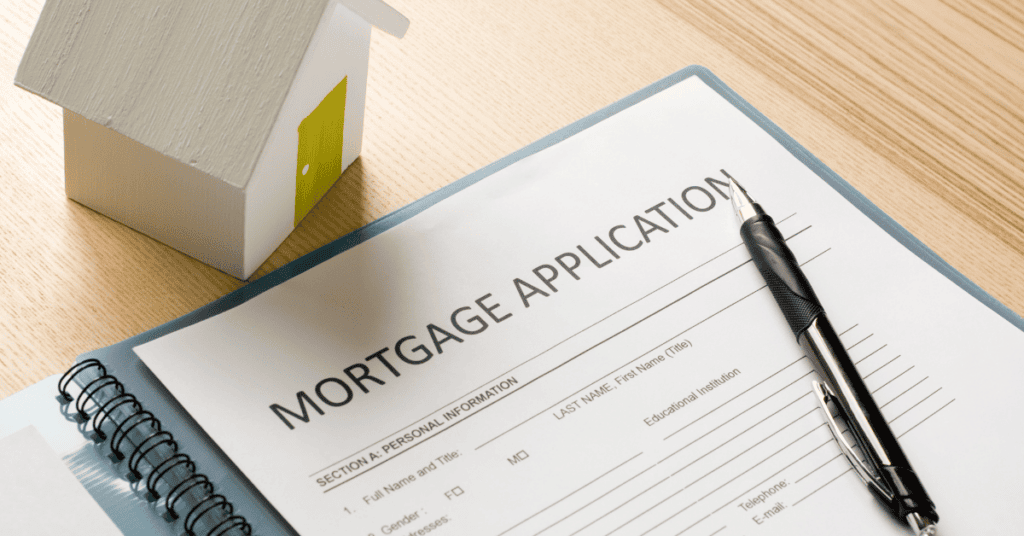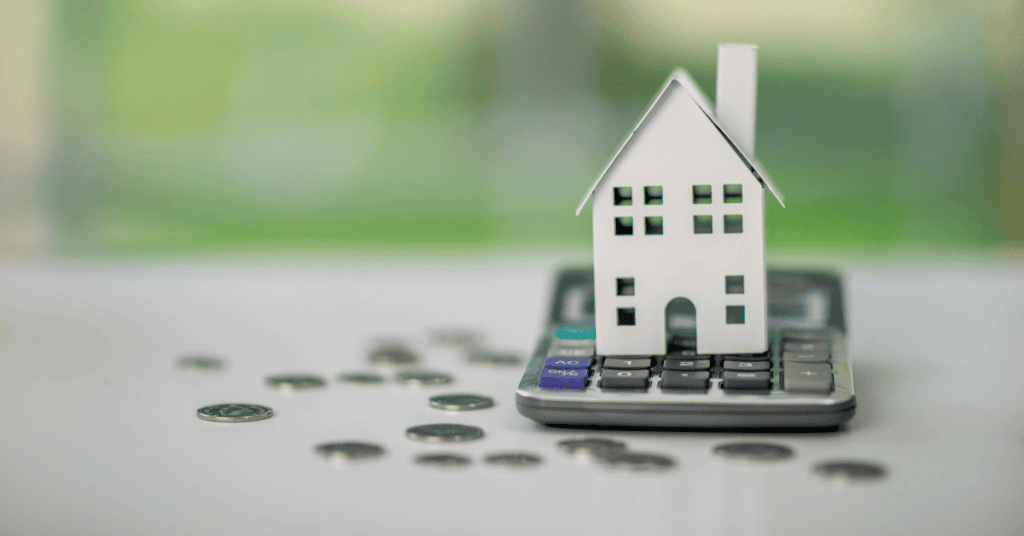Your Best Mortgage Options — Instantly
- Get matched with vetted mortgage lenders in minutes
- Save time with one simple form — no need to shop dozens of sites
- No credit impact. No sales pressure. Just the best fit for your goals
If you currently have an FHA mortgage, you may be in a position to take advantage of what is perhaps the simplest mortgage refinance available. The Federal Housing Administration (FHA) offers a special type of refinancing, known as an FHA Streamline refinance. It can help you to qualify to refinance your home and take advantage of some of the lowest mortgage rates in history.


An FHA Streamline refinance is a special program designed exclusively for people who have existing first mortgages through the FHA. These are government insured mortgages that are available for homebuyers who have small down payments, and often less than perfect credit.
The major advantage to the FHA streamline refinance is that you do not need to have your income or your assets verified as part of the mortgage application process. In underwriting streamline refinances, mortgage lenders are primarily concerned with two factors:
If either condition is present, the lender will disregard both your income and your assets. And credit qualifying is also generally easier on a streamline refinance than it is on a purchase money mortgage.
What’s more, you may not be required to get a new appraisal on your home. This will not only save you money on the cost of the appraisal, but it is an excellent option if the value of your property has declined since you purchased it. That means that you can refinance your mortgage to take advantage of either lower rates or a more stable loan type, even if your mortgage balance is currently higher than the value of your property.
The FHA does have specific requirements for a homeowner to obtain an FHA streamline refinance. But they are more modest than the requirements for other types refinances, particularly conventional mortgage refinances.
The homeowner must meet the following qualifications:
Credit history. The FHA does not have a specific minimum credit score requirement for you to do a streamline refinance. However, many lenders do impose a minimum credit score requirement. For example, a lender may refuse to provide a streamline refinance if your credit scores below 620.
That means that you may have to shop around for a willing mortgage lender in the event your credit score is lower.
Specifically, how much you can borrow under an FHA streamline refinance will depend on whether or not you do the refinance with an appraisal.
As noted earlier, one of the primary advantages of an FHA streamline refinance is that you can get the loan even if your property value has fallen since you purchased the property. It is possible to do this refinance even if you are in a negative equity situation, where you owe more on the property than it is worth.
But to do that, the refinance must be done without an appraisal. That will also mean that the amount of your new mortgage cannot exceed the current outstanding principal balance on your existing mortgage. Any closing costs or escrows will have to be paid out of your resources. You will not be able to include those charges in your new mortgage balance, as is typically the case with a refinance.
If you do not have the available cash to pay the closing costs and escrows, you can also consider using lender paid closing costs.
This involves a process that is known as premium pricing, in which the lender charges you a higher interest rate on the loan, then applies the premium to pay your closings costs.
It works like this: The lender may increase your interest rate by 1/4 percent (0.250%) to generate a premium of 2% of the mortgage amount. If the loan is $200,000, then the lender will be able to pay up to $4,000 in closing costs on your behalf.
Of course, you will then need to determine if the refinance is still worth doing, given that the interest rate will be a little bit higher than it would have been otherwise. Sometimes it’s not, but more often it is.
If you are reasonably certain that the value of your home has increased since you bought it, it may be in your best interest to do an FHA streamline refinance with an appraisal. This will give you the ability to borrow a little bit more than your current outstanding principal balance, to cover closing costs and escrows.
It will also mean that you will not be required to go the lender paid closing costs route. This will give you the ability to get the lowest mortgage rates available.
You will have to pay a fee of between $300 and $500 to complete the appraisal. That expense will be considered part of your general closing costs, and can be included in the new mortgage, as long as the property appraises at a higher value than the original purchase price.
Using either method to cover closing costs, lender paid closing costs at a slightly higher rate, or an appraisal with a slightly higher mortgage balance will enable you to do the refinance without having to come up with extra money out-of-pocket.
If done correctly, the FHA streamline refinance is just about the simplest and most cost-effective refinance you can do. Be sure to check it out with your mortgage lender, if you currently have an FHA first mortgage on your home. This loan is too good to pass up!
Our advice is based on experience in the mortgage industry and we are dedicated to helping you achieve your goal of owning a home. We may receive compensation from partner banks when you view mortgage rates listed on our website.


